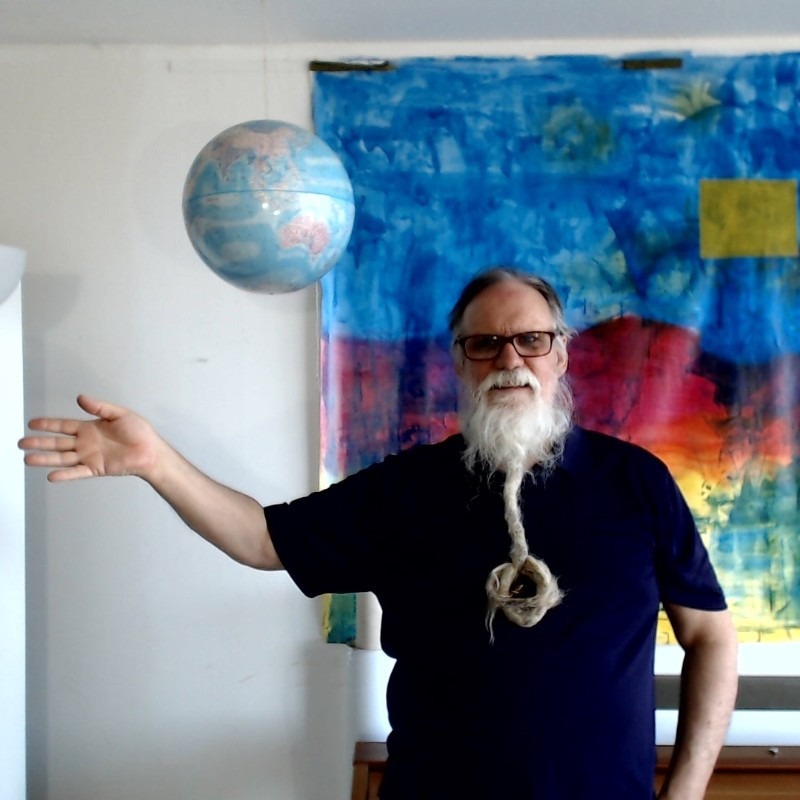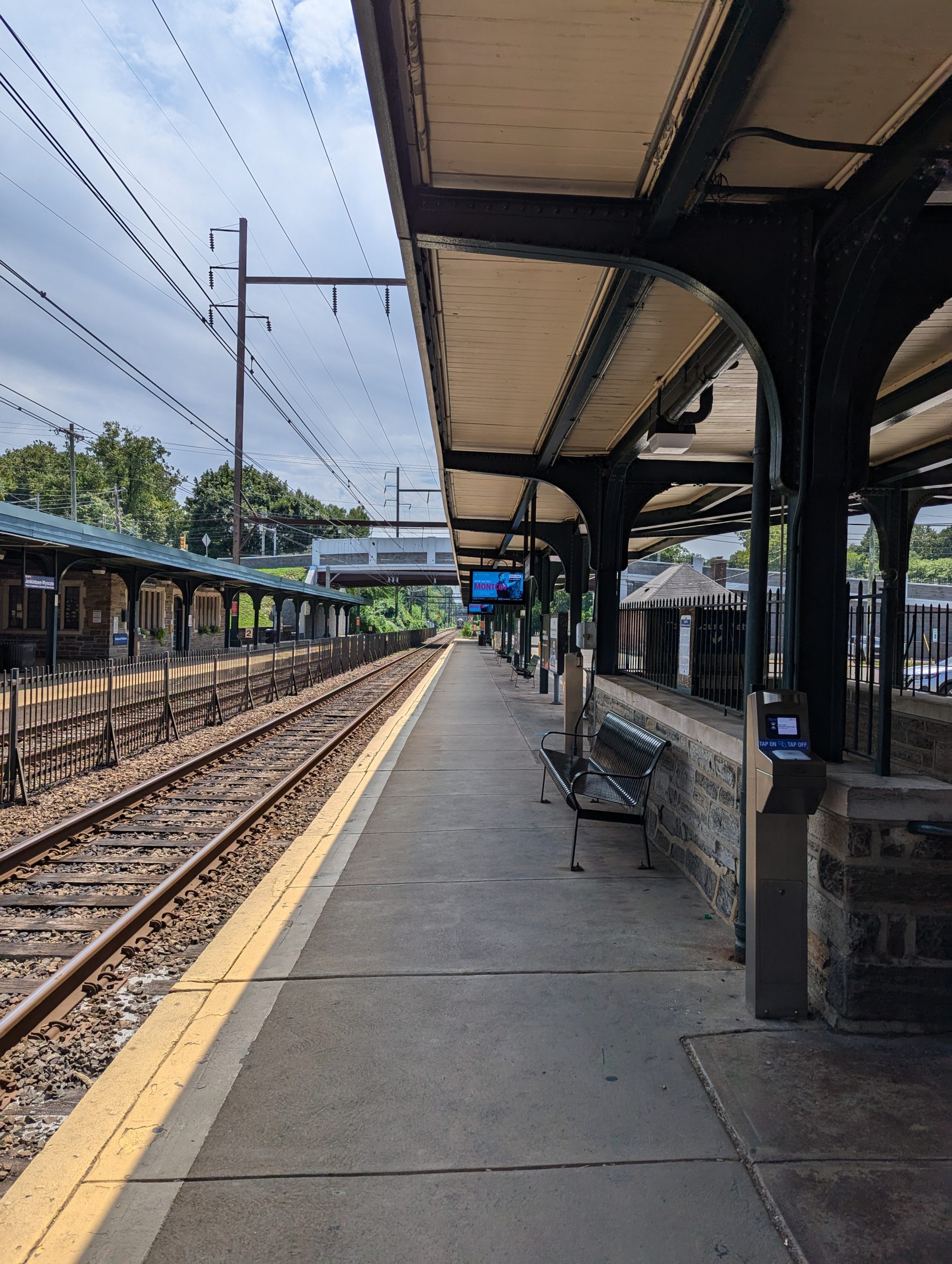What kind of life is that, where these threats are part of a child’s life, certainly many of my contemporaries didn’t have these experiences of worry, it was a space for those who felt responsible for the well-being of the management of society, which normally would go to an adult leader but some childhoods go into the care of the family and somehow even a country. My father was the leader of his family who felt part of and importantly influential to his society at least passively, maybe not in direct support. Where my father thought he was competent and I felt he was also, was in his duty of not forgetting.
In India, they call this dharma, to some extent this means family job status, or expresses as job status. For example, your father was a doctor, so you are a doctor and with this multi-generational experience, you happen to be a great doctor, who actually doesn’t sweat it, like one’s colleagues. Dharma is shown off with amazing skill. But that doesn’t really exactly define it, but mostly we know it in the workplace as the right activity and we mostly all recognize it. It polarizes with adharma which is it’s opposite and mangles life. So we see a society like India that gives conscious prominence to dharma, defines it, and often times fines adharma tangled with it. As the U.S. culture doesn’t or hasn’t consciously defined dharma so its entanglement is different.
I looked to dharma as a child as a solution to the nuclear threat.
A nuclear threat is just a threat that may otherwise be none of your business but is. Because it’s devastating to everyone, it’s an environmental threat not just a social order threat like other types of military overthrow.
Dharma is a solution but one has to understand it as I mention in the previous blog before it’s defined into a word.
Copyright William J. Smith III

